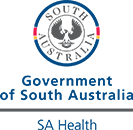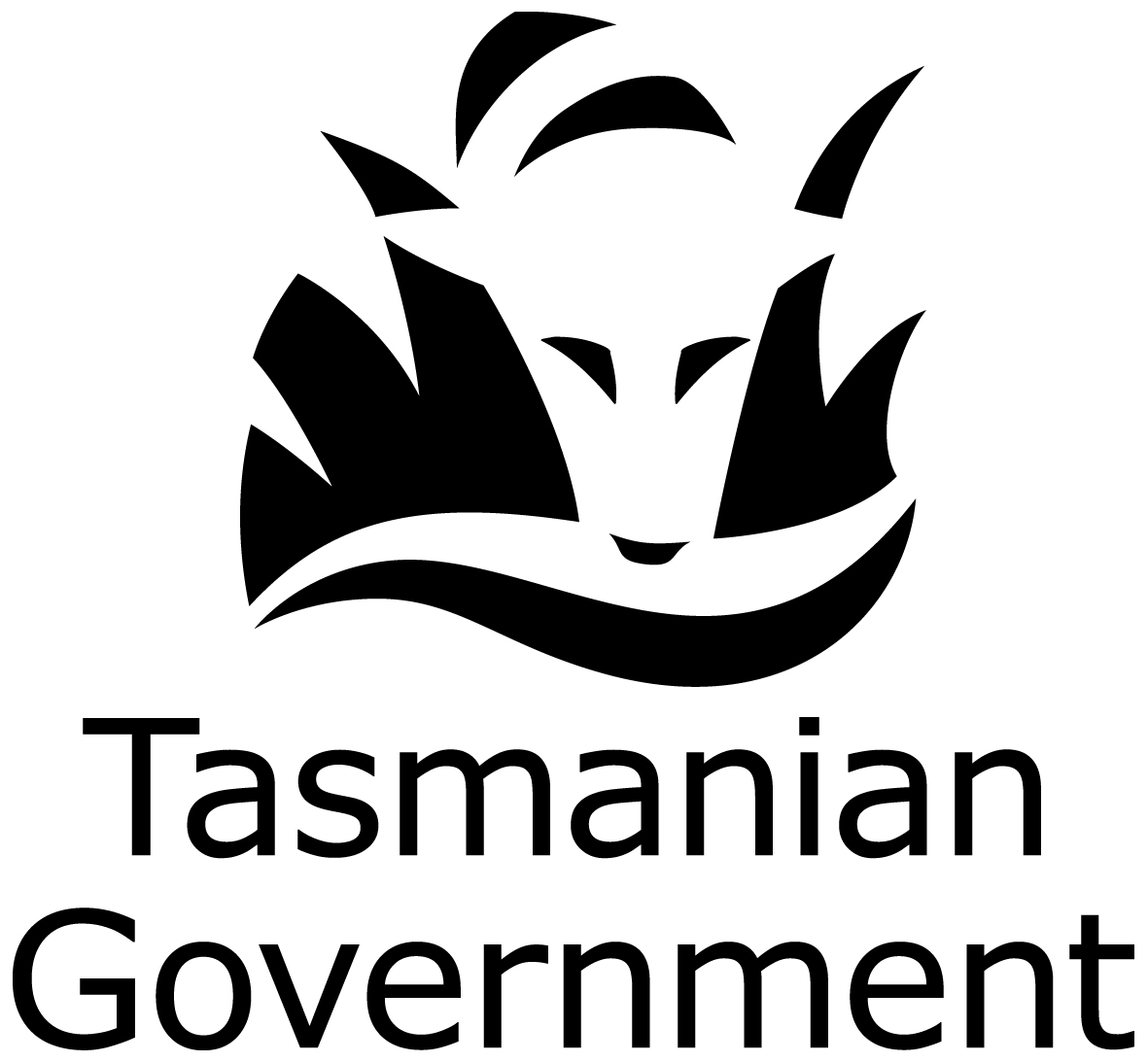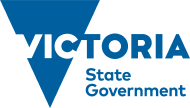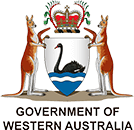Temporomandibular joint dysfunction
Key facts
- The temporomandibular joint (TMJ) connects your jaw to your skull.
- Symptoms of TMJ dysfunction include pain, abnormal jaw movements and noises in the joint.
- There are many possible causes of temporomandibular joint dysfunction.
- The main treatment is resting the jaw joint.
What is the temporomandibular joint (TMJ)?
The temporomandibular joint (TMJ) is the joint that connects your jaw to your skull. There is a TMJ on each side of your face, in front of each ear. The joints have a complex motion.
You move these joints, when you:
- speak
- eat
- swallow
- make facial expressions
What is TMJ dysfunction?
TMJ dysfunction is when there are:
- problems with the muscles in your face around the TMJ
- problems with the jaw joint itself
- a combination of joint and muscle problems
It is very common to have jaw joint issues.
What are the symptoms of TMJ dysfunction?
TMJ dysfunction can cause pain, abnormal jaw movements and joint noises. If you have TMJ dysfunction, you may have:
- discomfort or pain in the jaw, especially when eating
- an aching pain in front of your ear
- 'locking' of the jaw, making it difficult to open or close your mouth or yawn
- a clicking or grating noise when you open your mouth or chew
- an uncomfortable or uneven bite
- headache (especially in the temples, under the eyes and at the sides of the lower jaw)
- earache
- neck or shoulder pain
CHECK YOUR SYMPTOMS — Use the Symptom Checker and find out if you need to seek medical help.
What causes TMJ dysfunction?
TMJ dysfunction can be caused by several different things, including:
- an injury to your jaw, head or neck
- orthodontic treatment
- jaw clenching and teeth grinding, which may be linked to stress and anxiety
- wear and tear of the joint, usually caused by osteoarthritis
- other diseases, such as rheumatoid arthritis, fibromyalgia or gout
- dental (tooth) issues — for example, if you have new fillings or dentures causing an uneven bite
You might have TMJ dysfunction without any obvious cause.
When should I see my doctor?
If you have symptoms that are bothering you, see your doctor or dentist. You should also see your doctor if your symptoms continue for more than 6 weeks.
FIND A HEALTH SERVICE — The Service Finder can help you find doctors, pharmacies, hospitals and other health services.
How is TMJ dysfunction diagnosed?
Your doctor or dentist will discuss your symptoms and the possible causes. They will carefully examine you.
You might be asked to have:
If you also have symptoms of rheumatoid arthritis you may need to get a blood test.
How is TMJ dysfunction treated?
Your TMJ pain may go away without any treatment.
Rest should help with the symptoms of TMJ dysfunction. Here are some things you can do to rest your TMJ:
- eat soft food
- cut all food into small pieces
- avoid clenching your jaw
- avoid opening your mouth wide
- avoid chewing gum
- wear a mouthguard while you sleep to prevent jaw clenching or teeth grinding
You can also try relaxation techniques to relieve stress. Gentle jaw-strengthening exercises might also help.
Your doctor might suggest taking pain relief medication or medications for inflammation. You could ask your pharmacist for an anti-inflammatory gel.
In most cases, TMJ dysfunction improves over time. Very few people need surgery.
Can TMJ dysfunction be prevented?
One way to avoid TMJ dysfunction is to manage your stress levels. You can also see your dentist regularly to prevent dental problems.
Complications of TMJ dysfunction
If your TMJ dysfunction does not get better after a few weeks, chronic jaw pain can become distressing.
Resources and support
Visit The Australian and New Zealand Association of Oral and Maxillofacial Surgeons (ANZAOMS) to learn more about temporomandibular joint disorders.
You can also call the healthdirect helpline on 1800 022 222 (known as NURSE-ON-CALL in Victoria). A registered nurse is available to speak with 24 hours a day, 7 days a week.
Learn more here about the development and quality assurance of healthdirect content.
Last reviewed: December 2023









